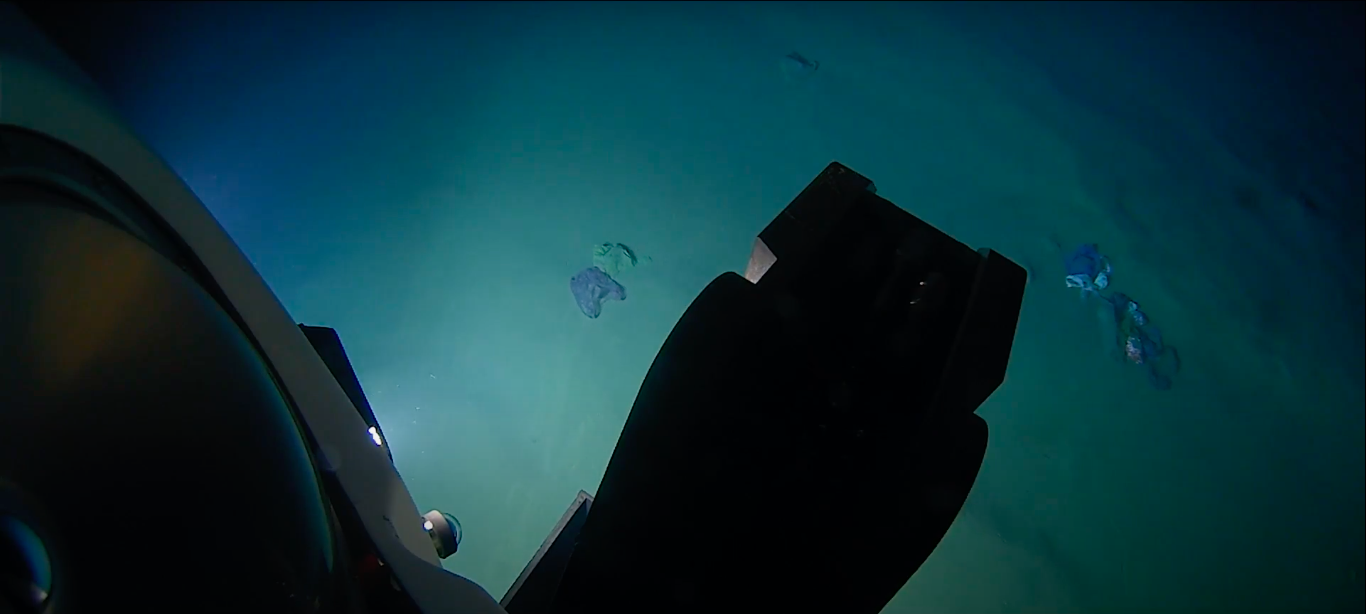The first-ever journey to the Philippine Trench found plastic at the bottom
Pollution knows no bounds
At just 33 years old, Dr. Deo Florence Onda made history. Along with American explorer Victor Vescovo, Onda became the first human to visit the Emden Deep, a part of the Philippine Trench. It is the third deepest ocean trench in the world.
In an interview with CNA, the microbial oceanologist from the University of the Philippines said it was the prospect of the unknown that hooked him into the campaign.
The trench had only been described twice in history, once in the 1950s, the other in the 1970s. Even then, no one knew what was happening down there, due to the limitations of technology.
So when Onda finally reached the bottom, he was expecting to see ‘scary, crawling things sneaking in or peeking into the windows’.
Together with Victor Vescovo, the record holder for the deepest manned descent in the Marianas Trench in 2019, they made history as the first humans to reach the bottom of the Philippine Trench. (Video/Deo Florence Onda) pic.twitter.com/PCLGjByOVS
— The Philippine Star (@PhilippineStar) March 28, 2021
Instead, it was garbage that popped up in the place of any mythical or alien-like creatures. According to Onda, there were many types of plastics, such as bags, packaging, and other items like a shirt, a pair of pants, and a teddy bear.
And even with the exhilaration of being the first human to explore an unknown part of the world, Onda says that the trip is a reminder of just how damaging pollution can be.
‘Seeing it for the first time was a privilege as a human being, representing 106 million Filipinos and billions of people of the world, said Onda.
But being a witness to the extent of pollution, and being a witness to the gravity of the plastics problem from the surface to the bottom of the ocean, is another thing.
It becomes my responsibility to tell people that their garbage doesn’t stay where they put it. It goes somewhere else and it will sink,‘

In a study by Ocean Conversancy, the Philippines ranks as the world’s third-biggest polluter, behind China and Indonesia, generating 2.7 million metric tonnes of plastic waste every year.
And while PH has a high garbage collection rate compared to the rest of Southeast Asia, the country’s pollution problems are usually traced to its lack of proper waste disposal facilities.
In a 2018 report by the World Wide Fund for Nature (WWF), almost 74 percent of the plastic that ends up in PH waters has already been previously collected.

The post <b> The first-ever journey to the Philippine Trench found plastic at the bottom </b> appeared first on WE THE PVBLIC.
Source: we the pvblic
No comments